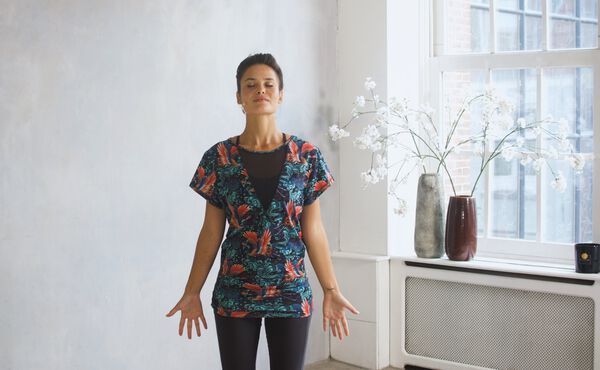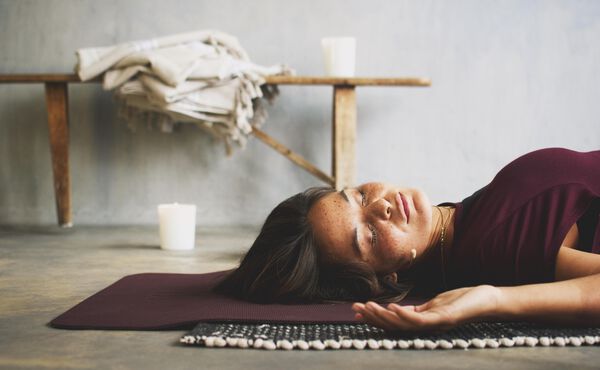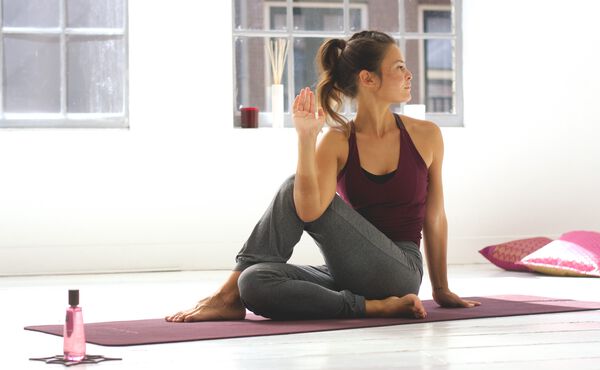The practice of Ayurveda is based on the principle that our natural state is a healthy balance between mind and body. This balance is disturbed by factors such as stress, insufficient exercise and poor nutrition. To return to your natural state, you must do everything you can to bring your mind and body back into balance. Yoga and meditation are powerful tools that can help you do exactly that.
Yoga and Ayurveda go together like two sides of the same coin. While Ayurveda focuses on the balance between body and mind, yoga helps the body and mind to work together and connect with each other. For this reason, yoga is indispensable if you wish to maintain an Ayurvedic lifestyle. In addition, the positive effects of yoga are amplified when they go hand-in-hand with meditation. Meditation teaches you to listen to your body and become aware of who you really are, which is extremely useful for the practice of yoga. In order to use yoga to get your body and mind into balance, it's important that you know which dosha type you are.
Which Dosha Are You?
If you yearn to return to your natural state, it's vital to determine which type of dosha you are in line with the core principles of Ayurveda. Everybody possesses a unique combination of mental and physical characteristics, known as the doshas: Vata, Pitta, and Kapha. These forces are present in everybody, and even in nature. How this energy is divided between mind and body differs from person to person. Would you like to know your dosha type? If so, click here to take the test.
Most people are a combination of two doshas, which means you're likely to recognise yourself in two of the types. For each dosha, different advice is given with regard to nutrition, relaxation, and exercise. They are also key to determining the best asanas (yoga poses) and meditation techniques for you.
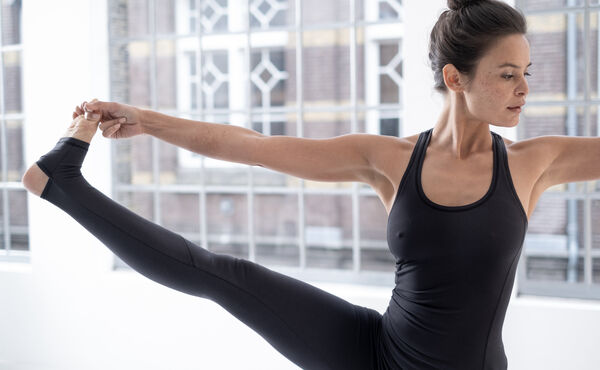
Vata Dosha: Air & Space
Vata doshas are often slim, active, enthusiastic, and idealistic. They are talkative and talk quickly, change their minds easily, and are often creative and enthusiastic. When in balance, they are creative and vital. When out of balance, Vata doshas suffer from insecurity, stress, and fear.
Are you a Vata dosha? If so, then practising yoga is extremely important. Without yoga, it will be difficult or even impossible to find peace via meditation. After a yoga session, you will feel calm and peaceful, which will stabilise your emptions and leave sufficient room and energy for meditation.
As a Vata dosha, you would be best served by calming and slow yoga poses with backwards bends such as the cobra and the shrimp. It's also important to select asanas that stimulate the pelvis and the large intestine area, i.e. sitting positions such as the lotus position and the lightning position. Vatas should also choose meditation techniques that promote silence and 'earthing'.
Pitta Dosha: Fire & Water
Pitta doshas have a normal posture and strong metabolism, which often makes them healthy individuals. They are quick witted, charming, assertive, and passionate. They are also decisive characters who pursue their goals head-on. When in balance, Pitta doshas are intelligent and satisfied. When out of balance, Vata doshas suffer from anger and irritability.
Are you a Pitta dosha? If so, you are highly enthusiastic and will excel at the technical side of yoga. However, make sure you don't forget about the spiritual side. Choose asanas that promote calmness and tranquillity to give you better insight into yourself. Aim to come out of yoga sessions with a feeling of satisfaction and relaxation, and no sense of competition or irritation.
For Pitta doshas, cool and relaxed yoga positions with forwards motions are the most suitable, such as the bridge position. In addition, you should choose poses that stimulate the liver and intestinal area, such as the triangle or the tortoise. The best meditation techniques for Pittas are those that promote forgiveness and tolerance.
Kapha Dosha: Water & Earth
Kapha types have round body types and are often very sensible. They are caring, loving, satisfied, and very patient. They are good at dealing with stress and have a stable energy. When in balance, they radiate strength, stamina, and stability. When out of balance, they are lazy and shy away from challenges.
Are you a Kapha dosha? If so, try to build yourself up gently and don't try to perform any difficult poses that feel unnatural to you. Select exercises that will get you sweating and challenge yourself. After yoga sessions, you will be brimming with energy.
Kapha doshas should opt for stimulating and warming positions, such as torsions. It's also important that you focus on the stomach, the lungs, and the chest area with poses such as the lion, the half-moon, or the sun salutation. Meditate regularly and ensure that you make it a routine. Kapha types are creatures of habit.
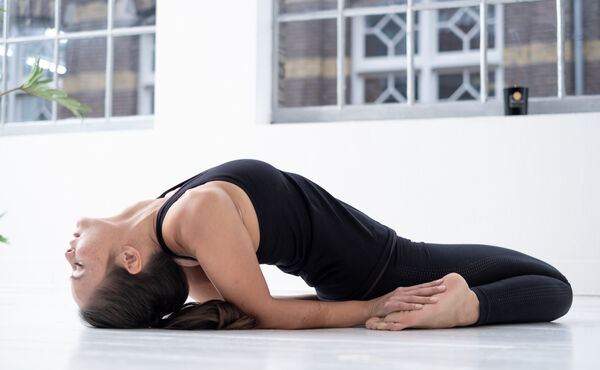
-
Promotions
Visualizza i dettagli completi€ 29,95 € 59,90


.jpg?sw=600&sh=370&sm=fit&cx=1107&cy=111&cw=3128&ch=1929&sfrm=jpg)
.jpg?sw=600&sh=370&sm=fit&cx=0&cy=47&cw=3920&ch=2417&sfrm=jpg)
